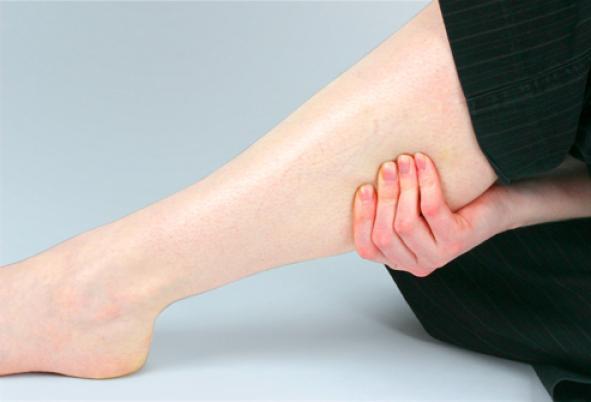Instruction
1
Take a couple of days. The body needs time to cope with minor injuries. During this break, use a compression bandage for painful muscles and apply ice. Just keep it for very long to avoid. The cold will ease the pain and prevent swelling. It is not necessary at this time "lying" on the couch. The load on aching muscles should be, but it should be gentle exercise. It will help flush lactic acid from the muscles and provide blood flow.
2
To get rid of muscle pain, stand under a warm shower, sending a jet of water on the painful muscles or take a hot bath. Try a contrast shower. Relief will come and the sauna. However, a hot tub and sauna can not be taken immediately after training (within 12 hours) and if you have any signs of trauma (swelling or edema). Heat increases blood flow to the muscles of the carrier of nutrients.
3
Massage aching muscles. During the massage, pressing and massaging the muscles will ache, but you need to stretch, ignoring the pain. Use warming ointment for massage. Massage improves blood circulation in the muscles, and will saturate the muscle tissue with oxygen.
4
Drink plenty of protein. It is necessary for the recovery and growth of muscle fibers.
5
Drink plenty of water. Dehydration leads to inflammation of the muscles.
6
Eat food rich in polyunsaturated fatty acids, - fish, avocados and nuts. They will help to neutralize the active radicals and reduce inflammation.
7
In the case of very severe pain I take thepainmay drugs. Good result show a non-steroidal anti-inflammatory drugs. They will reduce pain and have anti-inflammatory action.
8
To prevent the onset of pain, be aware of proper dosing of physical load. Do not overload the muscles immediately. The load should gradually increase with each workout. Warm up the muscles before training, after heating and base load do the stretching.
9
When pain in the muscles passing more than a week in the absence of intense physical activity will consult a doctor.
Note
Exercises that will remove my leg muscles no. It is impossible to correct the situation and food. Just have to train legs, but to train the upper body. Over time, the body get rid of muscles that are not used. For fast results you'd better not.
Useful advice
- It is theoretically possible, if hard to create a calorie deficit. Failing to get sufficient energy from the outside, the body will consume internal resources and will not with fat but with muscle, as proteins are easier to break down.
